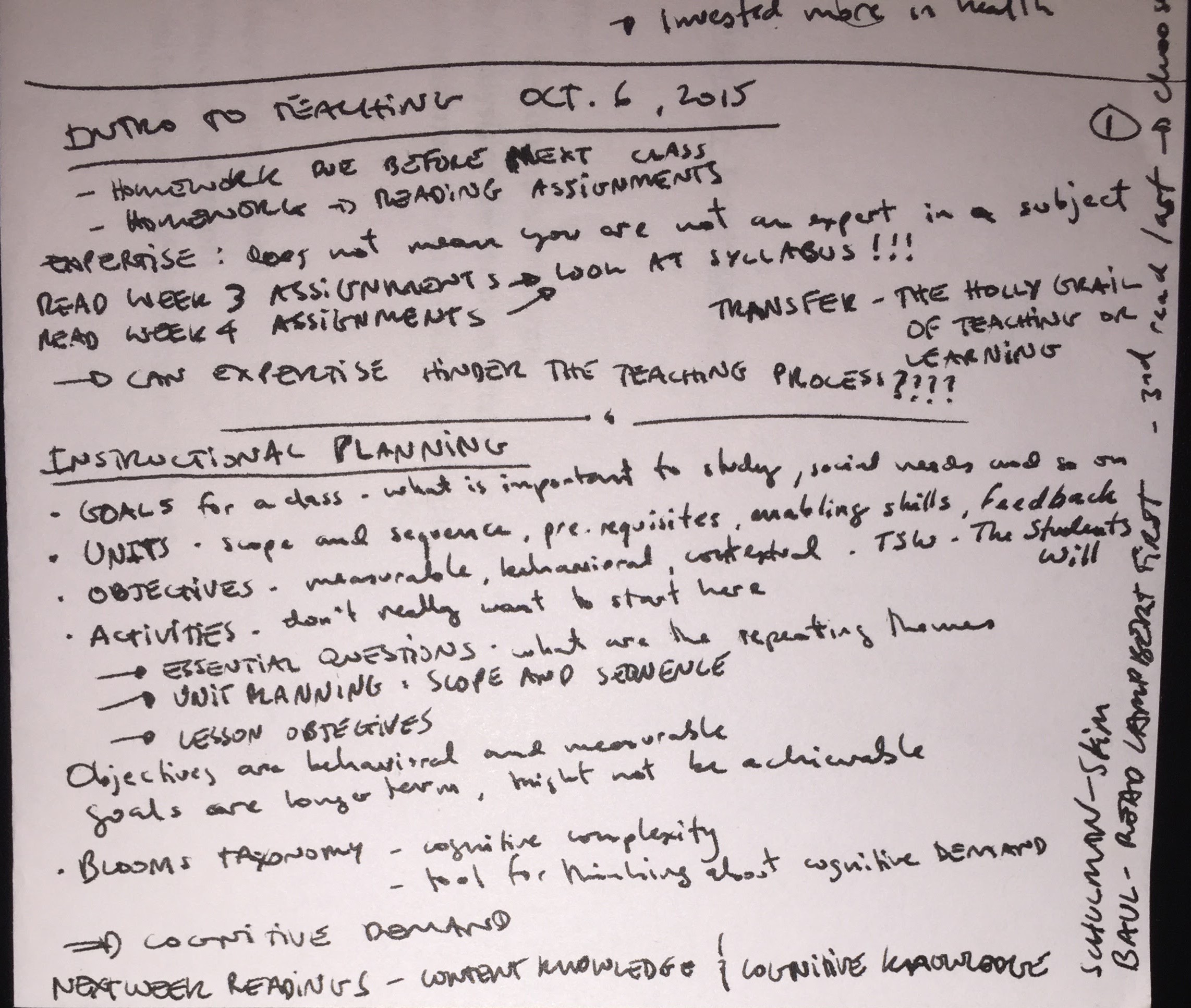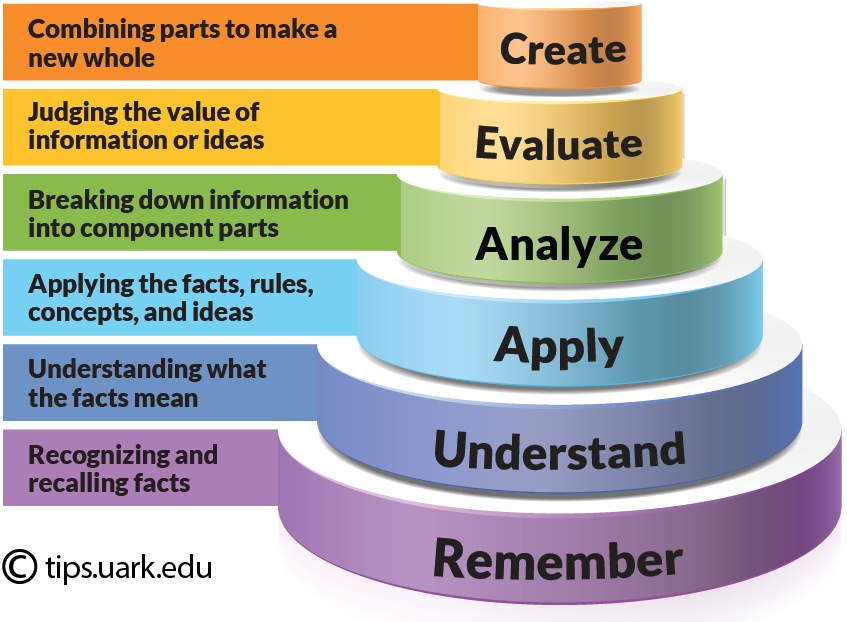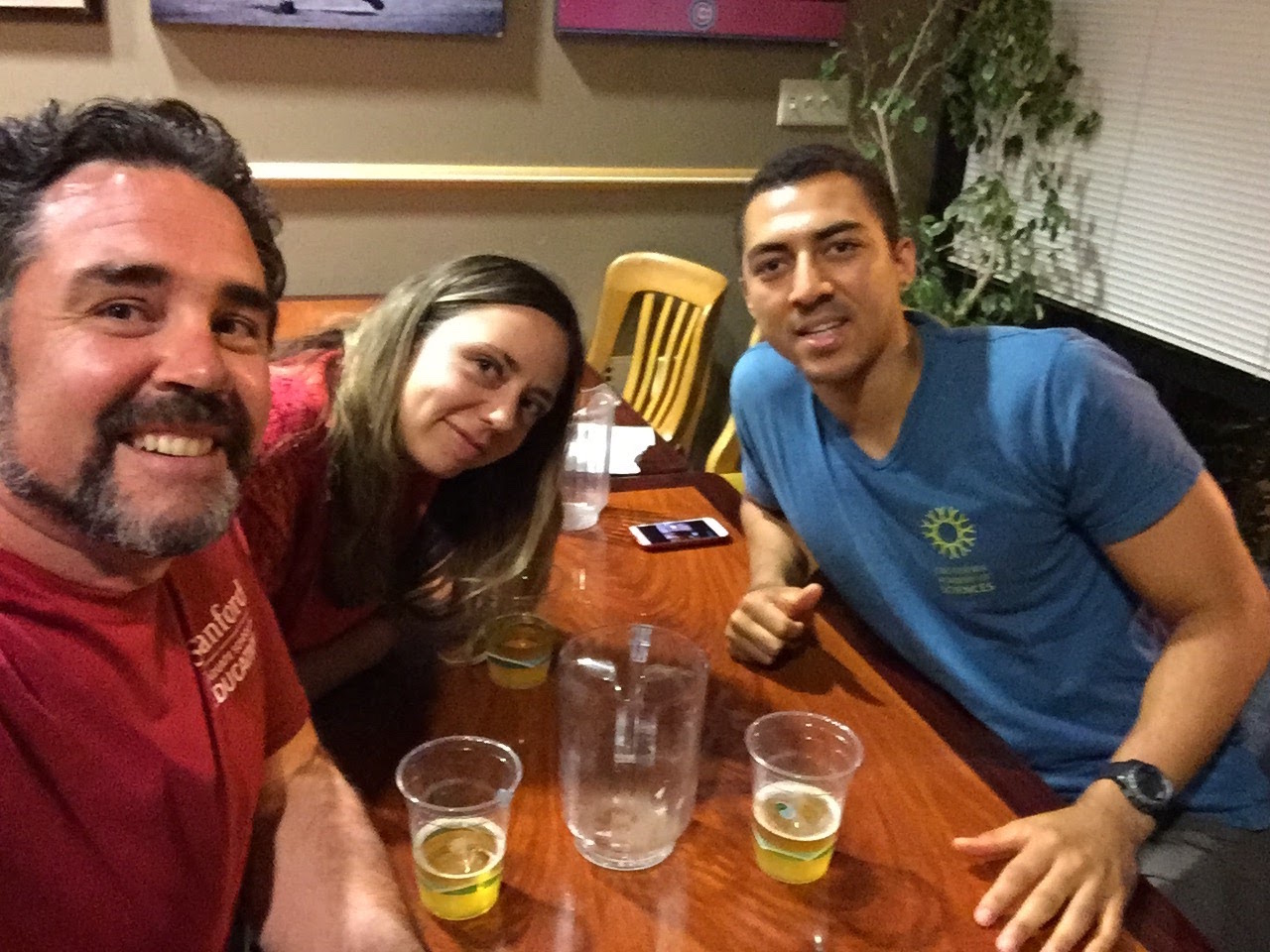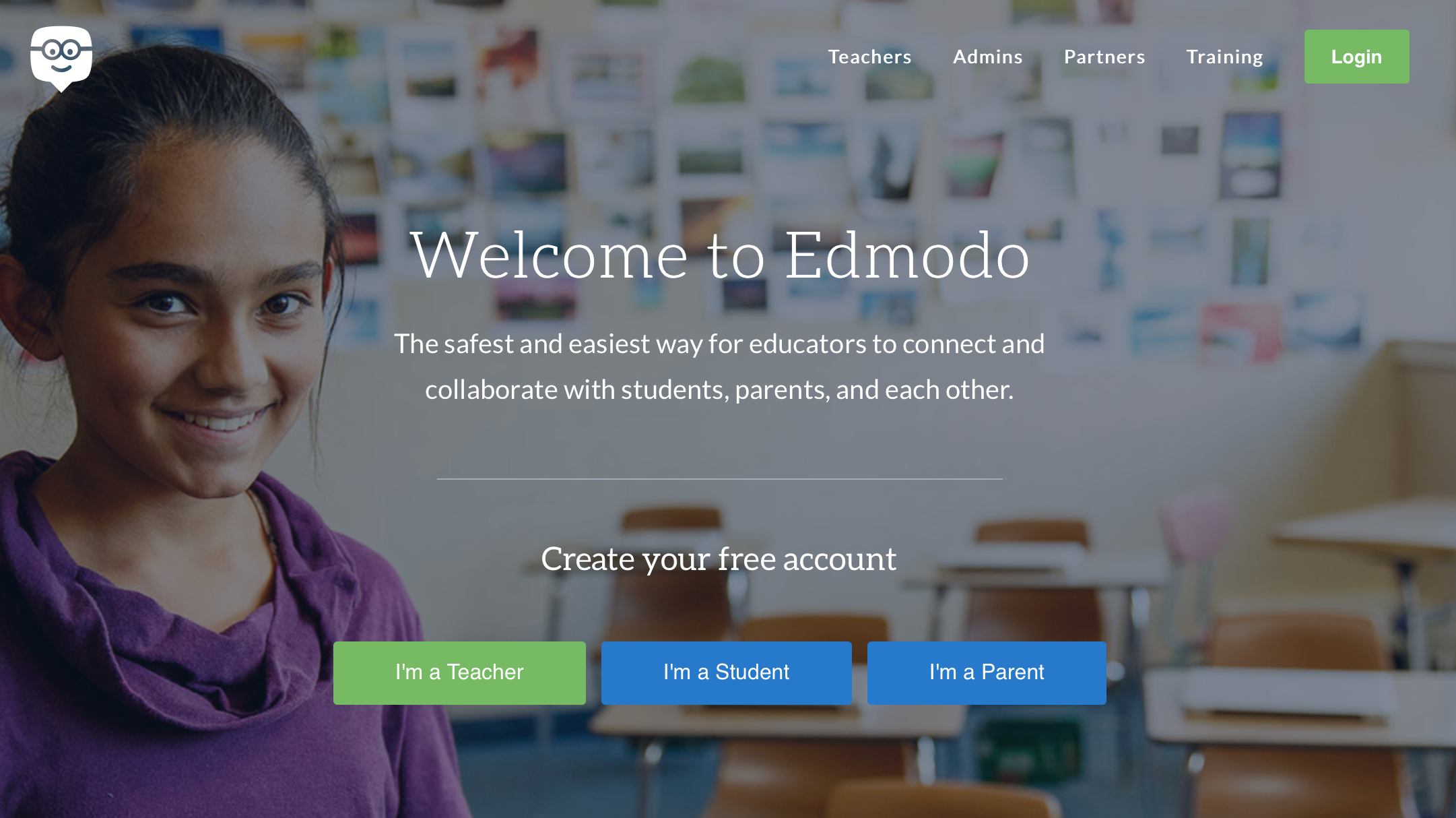Great interview with Trellis Education today after lunch. A lesson in the problems teachers have on a daily basis and the incredible certification program Trellis is creating.
Learning Environment – Week 3 – Observations/Interviews of a Tech Learning Environment
Assignment:
Describe the educational environment you’ve picked to observe and its background. What are key possibilities for employing technologies in the setting (physical or virtual)? Tell us how you will observe it.
Response:
EDUC 333A – Paper One
Observations/Interviews of a Tech Learning Environment
Lucas Longo
The technology setting I am interested in investigating is the relationship between educators and the digital course content publication tools they use. I intend to observe how they work with the variety of tools at hand. What are the onuses and bonuses of such tools? What is missing or could be done better?
Online courses, MOOCS, and several other initiatives have been offering content digitally and promising access to education for all. One of the reasons I believe that there has been limited success is that the course material is generally not planned and produced specifically for such a context. It is not enough to record the live lectures, publish the slides and assign reading materials. The content has to be created in a new form so that it can be delivered in an appealing and effective manner.
The potential of improving these tools is that you would be able to capture more knowledge with a higher quality from more educators. If the process of creating the online content is easy and fun to do, more educators would “take the plunge” and share what they know more often. Learners would have potentially higher quality content delivered in a manner that is interesting, engaging, exploratory and effective.
My personal interest in the subject matter is integrating media editing tools into LMSs to make it easier to edit and manage multiple source materials such as video, slides, photos, links, tweets and so on. I also think that an essential part of the process is to provide the educator with some level of guidance and coaching during the process of creating their courses. The platform could provide templates, step-by-step ‘wizards’, access to similar lesson plans, quizzes and activities for inspiration and finally providing human feedback once the course is submitted for review. The gamification of lesson preparation, course creation or sharing of knowledge.
To observe this in action I intend to observe a subject matter expert who is preparing his course, creating the digital content and publishing it on an online tool. I am in touch with Edmodo, with whom I might intern next quarter, to observe educators in this process. Ideally I would have access to the existing training material they already offer their incoming teachers and be able to talk to the team responsible for designing the tool from the educator’s perspective.
Some potential interview questions are:
- How does the platform aid in the process of creating the content for your course?
- Do you see a necessity for the content editing tools be integrated with an LMS?
- What is you preferred method of teaching?
- Do you believe the tools you use provide a better learning experience for learners?
Learning Environments – Week 3 – Class Notes
Class Notes
Notes Followup:
Half the class went outside to go and build things with some play material (my group). The other group stayed inside and watched videos about building things. We all came back, divided into 4 groups and had to create a air traffic control center that would withstand hurricanes, simulated by a blow drier 🙂 Fun. The groups that had gone outside seem to have gone right into the construction while the group who stayed inside conceptualized more before they started to build. As far as “who won” – hard to tell 🙂
Intro Teaching – Week 3 – Class Notes
Another great class – carefully structured and effective in illustrating the concepts and making sure everyone was on the same page… but a “no go” for Canvas – class is much more about the readings and class discussions that the tech tool 🙂
Class Notes
Note Followup:
Transfer (the ability to apply what you learned in one context into another) – the “holy grail” of teaching.
Tech 4 Learners – Homework Week 3 – Go out and Have Fun
Had the fortune of being assigned to a really great group – Soren Rosier and Alexandra Cristea – and our task for this week was to go out and have some fun:
“Get to know your group. Do something fun together. Create a group name. Submit a note about who your group is and what you did.”
What we did
Went to Ray’s and took turns telling our stories and drinking some beer. Stimulating conversation!
Group Name
S.A.L (our initials… also means salt in Portuguese)
- We research (Soren), plan (Alex) and implement (Lucas) education technology that causes impact
- We make a difference, one kid at a time
- We are an interdisciplinary team searching for solutions for real-world problems
Brazilian Education – Week 3 – Class Notes
Presentation by Prof. Martin Carnoy – interesting debate about how you cannot compare the US as a whole with other countries since each state and in some cases, municipalities have their own educational system and perform at very different rates.
EdClub – happy hour
Went to the EdClub meeting Monday afternoon.
“The Education Club engages Stanford business and education school students in discussions about education issues, their role in education, and business’ role in education.”
Interesting to find out more about the joint MA/MBA program.
Edmodo – Interview
On Monday I interviewed with Edmodo for an internship position to work on their beta product called Spotlight” – a resource sharing center for all of their teachers. Two positions available research on understanding the needs teachers have or research on how teachers are using the tool and how it could be better.
Tech 4 Learners – Week 3 – Reading Assignment
Reading:
In-Game, In-Room, In-World: Reconnecting Video Game Play to the Rest of Kids’ Lives
Reed Stevens, Tom Satwicz, Laurie McCarthy (2008)
Notes:
Response:
“How designers could perhaps leverage the types of interactions in the vignettes to create engaging learning experiences”
I believe kid’s learning experiences can be more engaging if they encourage kids to teach each other, empowers them to ask questions, enables collaboration in the discovery process and offers tasks that are learnable.
In the first vignette we see Rachel getting her information on a need-to-know basis making her experience flow better. In the second vignette Mikey teaches Maddy very efficiently how to use the code correctly. In the third, the boys used their ZPD and pulled each other through the task. In the fourth vignette, modeling was used to teach.
With video games, kids engage in these behaviors naturally and perceive the task of learning as part of the enjoyable task.
“Relevant” learning objectives can be inserted into the already familiar game mechanics of video games in a way that they become challenges within a larger context that the kid is in control of. For example – trigonometry – the in-game character has to built his own bridge to cross a river. To do so he must understand angles and calculate how much material he would need to complete the task.
What stroke me most was the potential learning between the younger and older kids. Perhaps this interaction has not been fully explored yet. Many learning experiences have been designed for the parent-child interaction but maybe not as many have been designed for kid-to-older-kid interactions explicitly. Experiences where kids of varying ages can play/learn/teach together with the explicit goal of showing off what they know and/or learn from each other.
Why not a video game room in the school where teachers act as coaches and facilitators to explore and make evident these positive interactions that lead to learning and sharing knowledge? With careful curation, teachers could potentially find games that illustrate key concepts and encourage the kids to teach each other.
The “kidification” of education 🙂


















